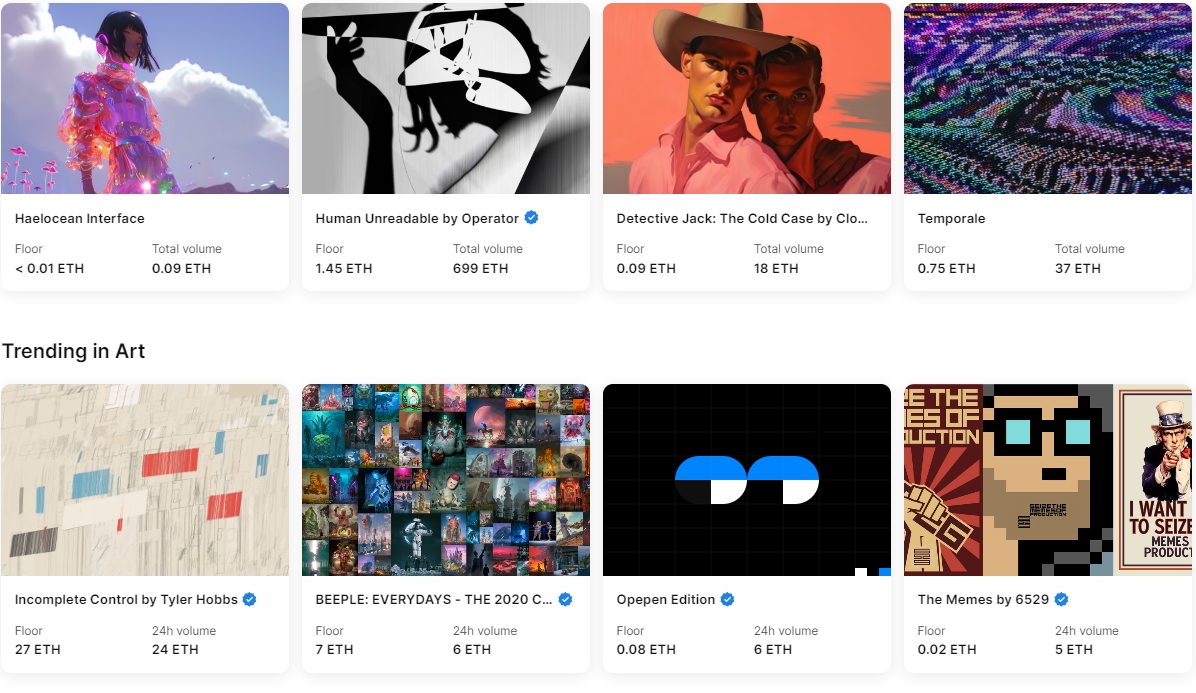
The Future of 5G: What to Expect in the Next Decade
As the fifth generation of wireless technology, 5G is set to revolutionize the way we connect and communicate. With its promise of ultra-fast speeds, low latency, and massive connectivity, 5G is poised to transform industries and enhance our daily lives. But what does the future hold for 5G in the next decade? Let's explore the potential advancements and implications of this groundbreaking technology.
Ultra-Reliable Low Latency Communication (URLLC)
One of the most anticipated features of 5G is its ultra-reliable low latency communication (URLLC). URLLC is expected to bring latency down to just a few milliseconds, enabling real-time applications such as autonomous vehicles, remote surgery, and augmented reality. The reliability and speed of 5G will be critical in ensuring the success and safety of these innovations.
Massive Machine-Type Communications (mMTC)
5G will also support massive machine-type communications (mMTC), allowing for the seamless connectivity of billions of IoT devices. mMTC will facilitate smart cities, where everything from traffic lights to garbage bins is connected and optimized. This level of connectivity will lead to more efficient urban living and a higher quality of life.
Enhanced Mobile Broadband (eMBB)
Enhanced mobile broadband (eMBB) will provide faster and more reliable internet connections, even in densely populated areas. eMBB will enable new experiences such as 4K streaming, virtual reality, and advanced gaming on mobile devices. As 5G networks expand, the demand for data-intensive applications will continue to grow, driving innovation in the digital entertainment space.
Industrial Automation
The manufacturing sector stands to benefit immensely from 5G technology. Industrial automation powered by 5G will allow for real-time monitoring and control of production processes, leading to increased efficiency and reduced downtime. Factories will become smarter, more agile, and capable of producing customized products at scale.
Remote Work and Education
The COVID-19 pandemic has accelerated the adoption of remote work and online education. 5G will further enhance these experiences by providing reliable, high-speed internet access to remote areas. This will bridge the digital divide and ensure that everyone has access to quality education and work opportunities, regardless of their location.
Smart Healthcare
The healthcare industry will undergo a significant transformation with the advent of 5G. Smart healthcare applications will include remote patient monitoring, telemedicine, and AI-driven diagnostics. These innovations will improve patient outcomes, reduce healthcare costs, and make medical services more accessible.
Challenges and Considerations
While the future of 5G is promising, there are challenges that need to be addressed. Infrastructure development is a major hurdle, as deploying 5G networks requires significant investment and regulatory support. Additionally, concerns about data privacy and security must be carefully managed to protect users and maintain trust.
The Road Ahead
In the next decade, 5G will become an integral part of our daily lives, driving innovation across various sectors. From smart cities to enhanced healthcare, the possibilities are endless. As we continue to explore and harness the potential of 5G, it's crucial to stay informed and adapt to the evolving technological landscape.
In conclusion, the future of 5G holds immense promise, with transformative impacts on industries and society as a whole. By understanding and embracing the advancements in 5G technology, we can look forward to a more connected, efficient, and innovative world.
american-boffin.com
bfbchamp.com
democraticcoma.com
tigrepelvar.com
charpoles.com
derbywheelblazers.com
fansfocus.net
guildnow.com
hediyeteyze.com
isprimecdn.com
kiira-korpi.net
manutd24.com
mediumtylerhenry.com
mishanghai.org
savethreestrikes.com
smilesbydavis.com
10puntos.net
band-shirt.com
icelandtrails.com
paulmarioday.com
thefunnynanny.com
Dave Tries Ballet
Buon Grande
Criacao Sites
Perry Perkins Books
Writing Essay in AU
Ka Soku
Blood is Blood Movie
Eleanor Writes Things
The Happy Prince Beirut
Town of Witless Bay
Online Igrovoi Club
Trigeminal Neuralgia - Ronald Brisman MD
Chocolate City Burlesque
Advanced Electric Scooters
W Tougei
Breadboard Maniac
Takasu App


